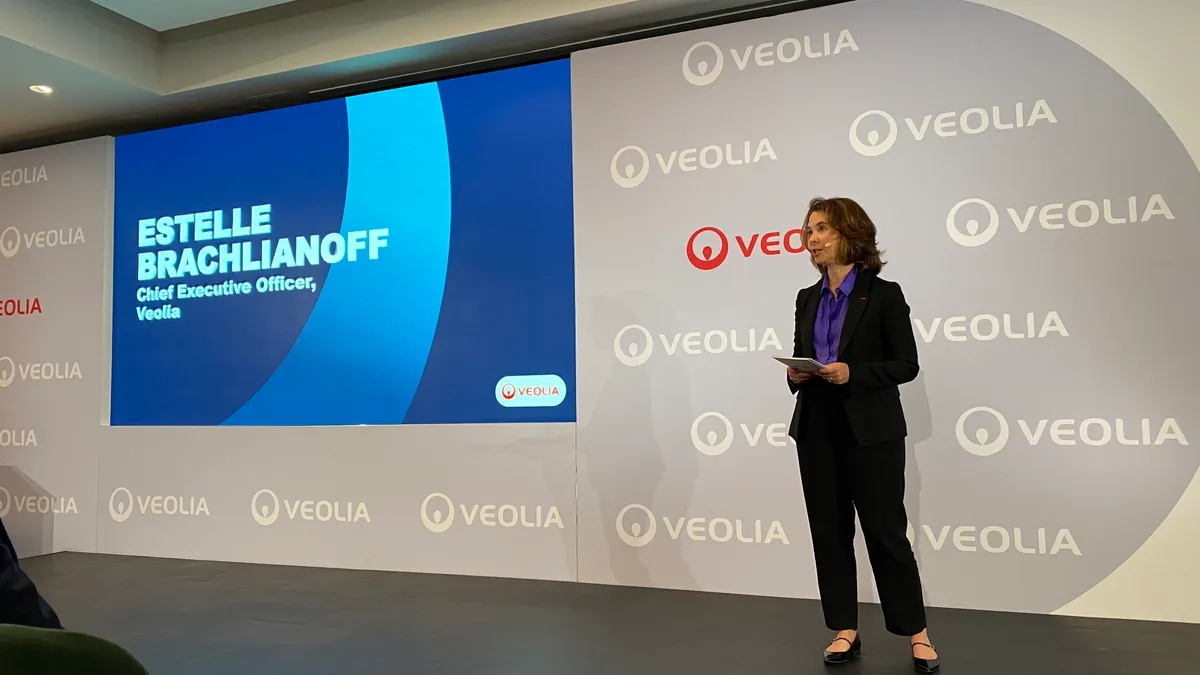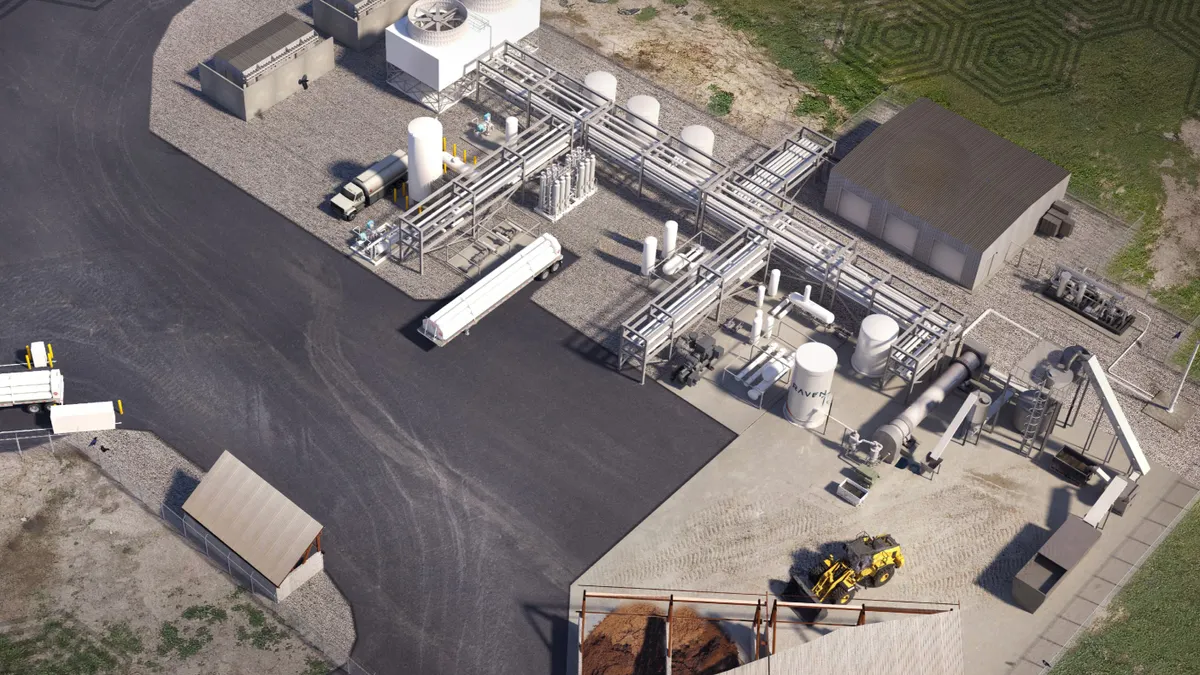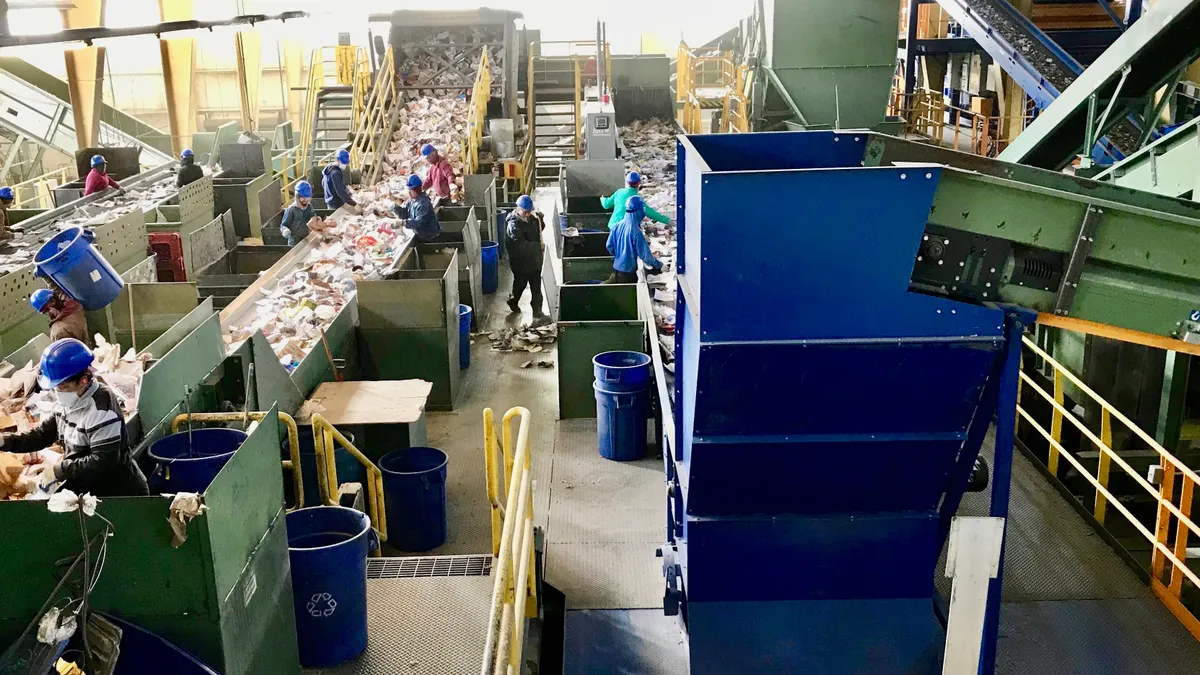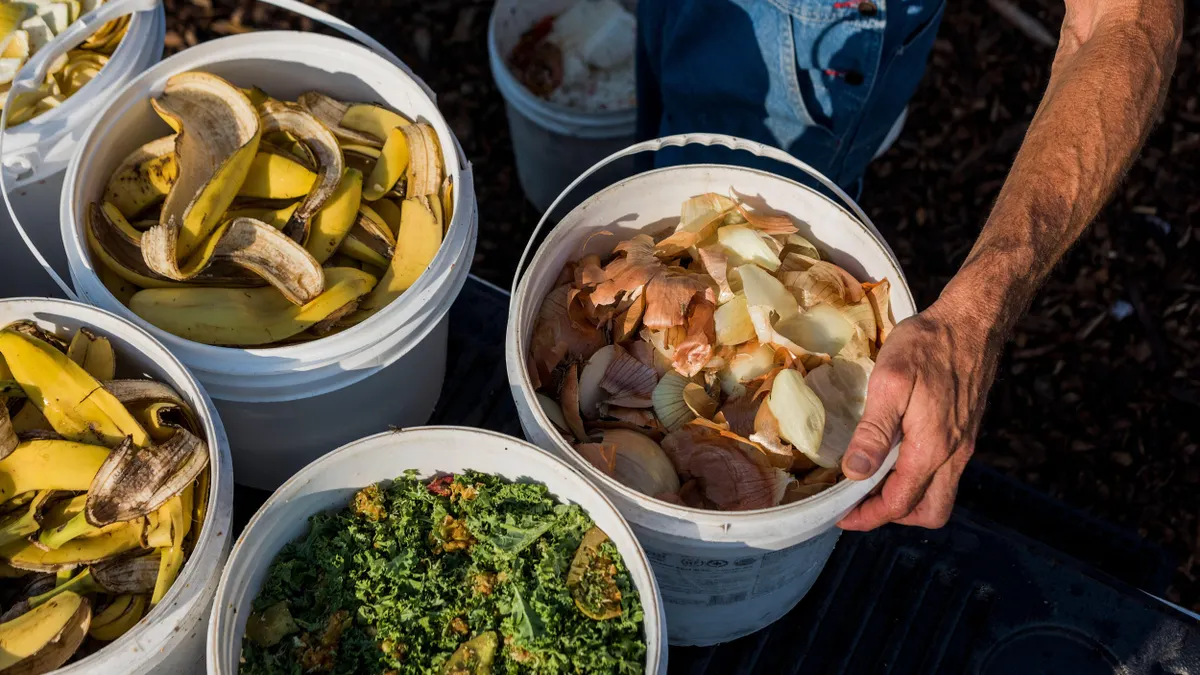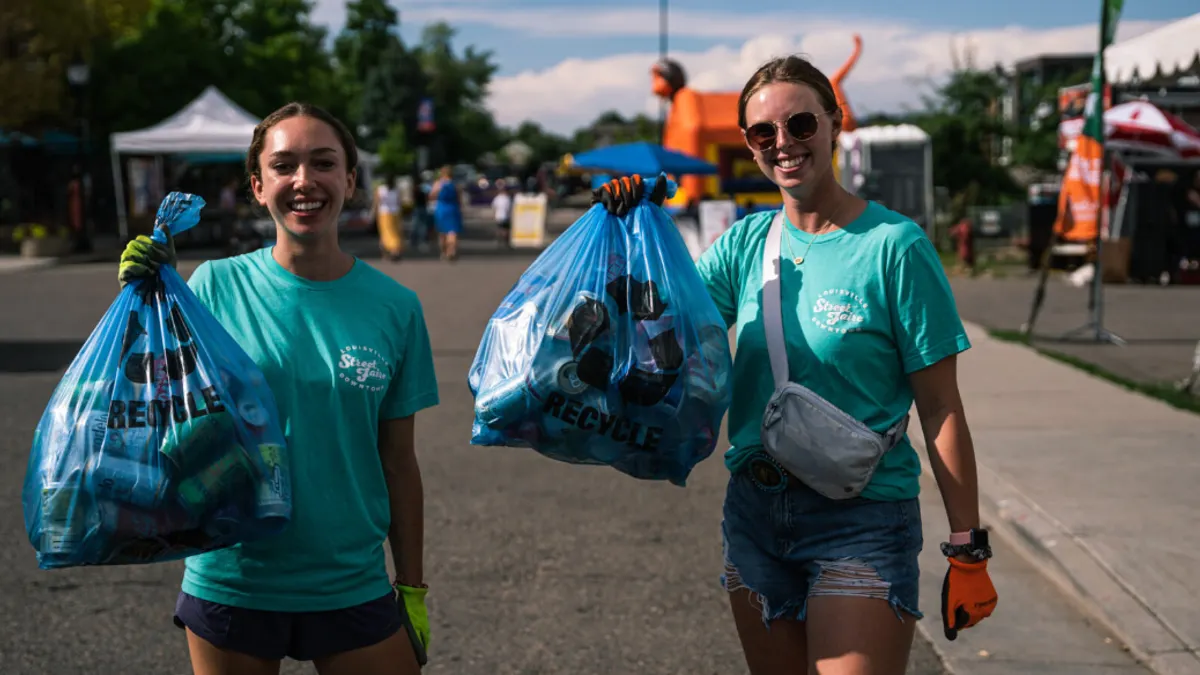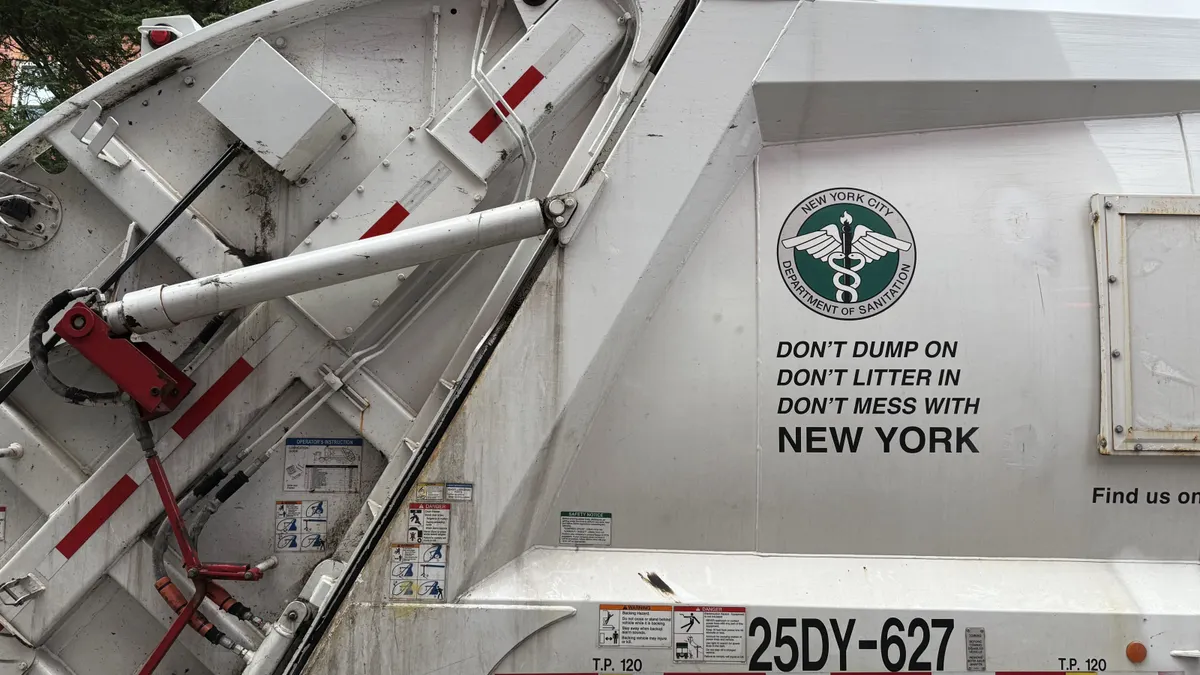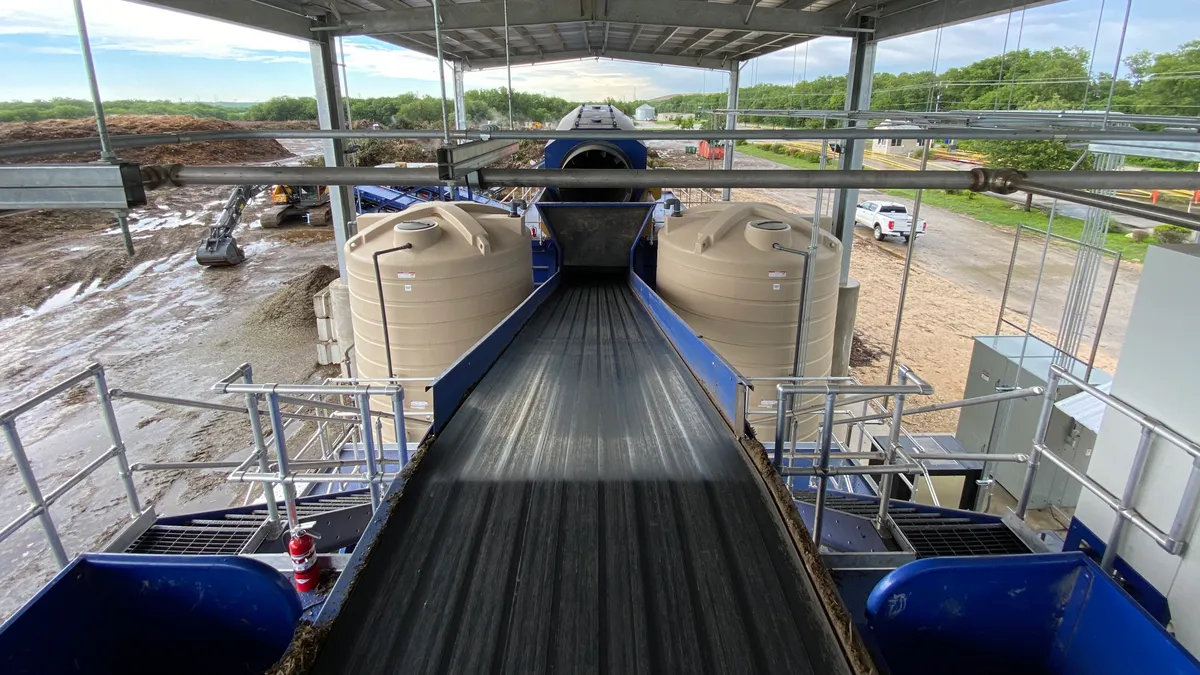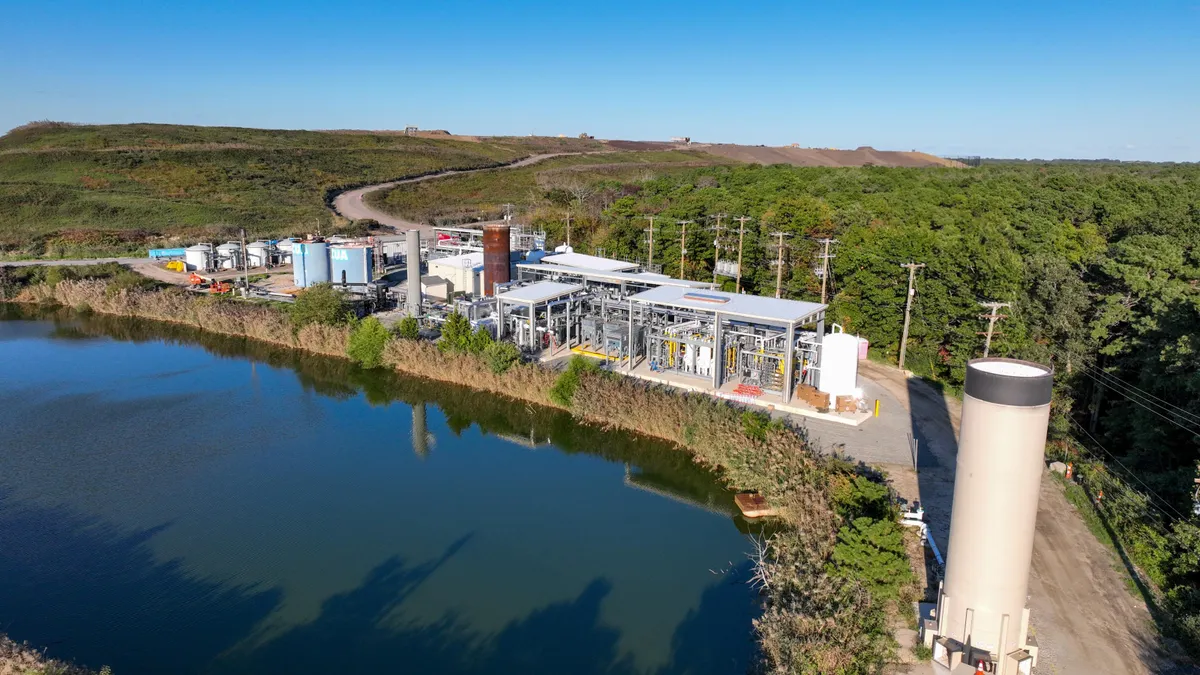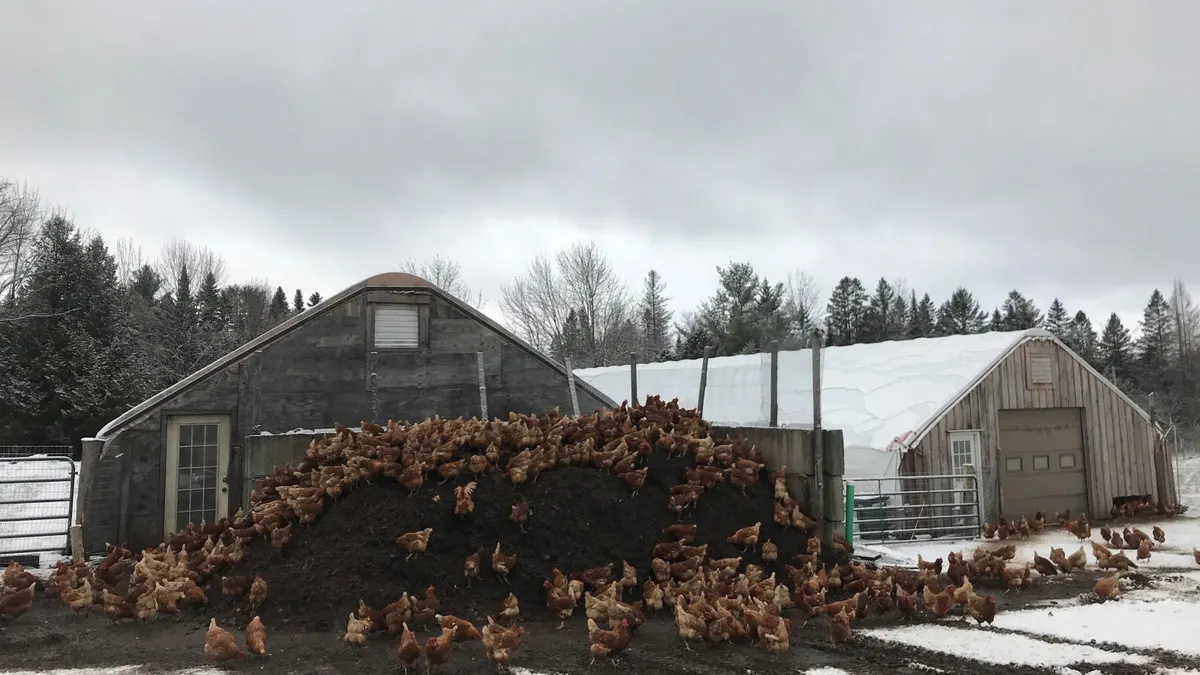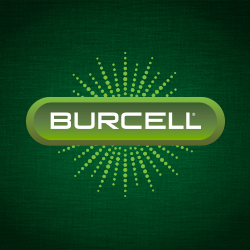French environmental services conglomerate Veolia has more than doubled its U.S. revenue over the past five years, growing from about $2 billion in 2019 to $5.4 billion last year. But the company plans to further double its size by 2030 through growing demand for its water services and hazardous waste businesses.
That opportunity may be brightest with PFAS, or per- and polyfluoroalkyl substances. Veolia has deployed about 30 assets to manage the contaminant in its wastewater facilities, mainly in the Northeast, with 50 more in development. But executives believe that there's a lot more business to come from the substance after the U.S. EPA debuted long-awaited drinking water standards for two PFAS chemicals and declared the same chemicals hazardous under Superfund law.
"We are in a moment where regulations here in the country are driving a phenomenal high wave of investment. That means we are growing our investment in our assets," Karine Rouge, CEO of Veolia North America’s municipal water services division, said at an investor presentation hosted by Veolia on April 18.
Veolia pitches itself as the only company capable of providing an “end-to-end solution” for PFAS, including drinking water and biosolids. While other companies have made a similar claim in discussions with investors, Veolia’s ability to address the contaminant is substantial, said Greg Goodwin, senior research director at Bluefield Research.
“Veolia’s kind of a behemoth in water and waste overall,” Goodwin noted.
The company offers a range of technologies to address contamination, which differentiates it from more niche technology providers specializing in one method like granular activated carbon, ion exchange or reverse osmosis, the three most common methods in use today. Its network of hazardous waste disposal assets is also a valuable portfolio in a market facing escalating demand but constrained by strict regulations for new facilities.
The market for PFAS technologies is growing. Bluefield estimates that about $10 billion in federal funding has been set aside to address PFAS as an emerging contaminant through the U.S. Infrastructure Investment and Jobs Act, with about $3.76 billion deployed so far. 3M, which brought PFAS into wide use nearly a century ago, also must pay out billions to public water systems to finance PFAS treatment technologies as part of a recent settlement. Goodwin said his firm is continually revising its projection of the size of the market for PFAS remediation upward due to expanding regulations, and he expects that to continue as time goes on.
”As the problem comes even more into view… if you look at how many compounds are listed under this PFAS term, it’s constantly being revised upwards,” Goodwin said. “We’re probably still not there yet in terms of [estimating] how extensive PFAS contamination is.”
The pervasiveness of the chemical creates additional opportunities for hazardous waste companies. Veolia is investing heavily in such systems to address PFAS and other emerging contaminants. At its Gum Springs, Arkansas, campus, for instance, the company is in the midst of a major expansion that will allow the incinerator to handle 100,000 tons of hazardous waste per year.
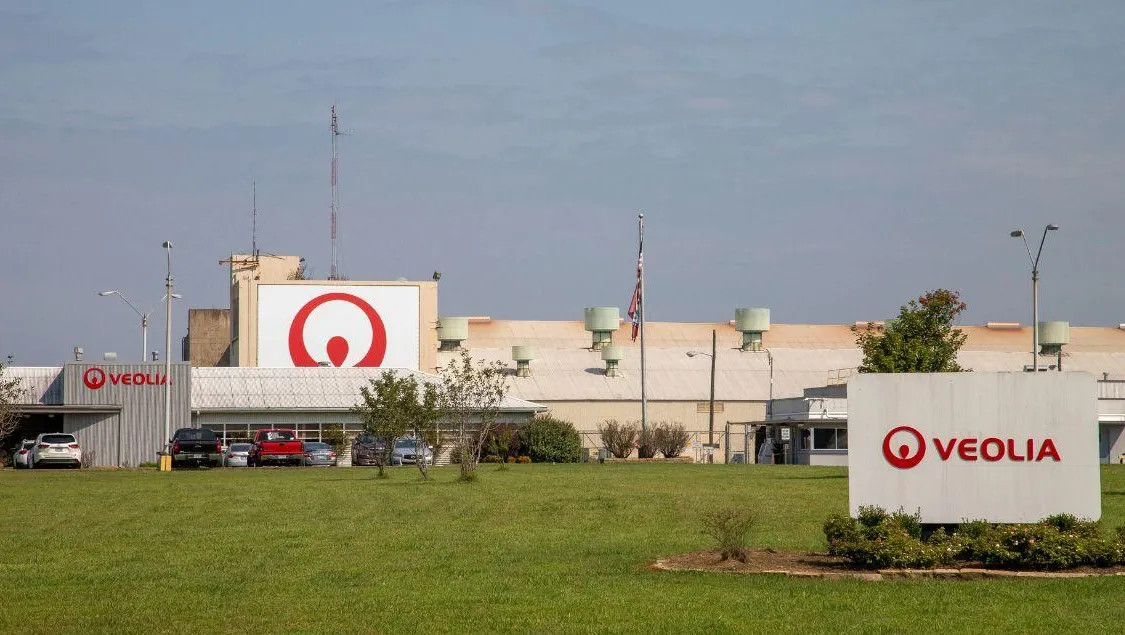
On Thursday, Veolia announced a three-year deal with Tradebe Environmental Services to provide the company guaranteed access to its high-temperature thermal treatment facilities in Gum Springs. The announcement follows a similar five-year agreement in January with Clean Earth to guarantee the company access to Veolia’s network of six incinerators, including the upcoming project at Gum Springs.
The agreements add consistent business at a moment of high demand for such facilities — Veolia estimated a commercial incineration backlog of 60,000 tons of hazardous materials in 2023. The company is also projecting the hazardous waste market will grow at a 5% compound annual growth rate through 2027, becoming an $11 billion market with 8 million tons to process annually. Some of that will come from contaminated soils, sludges and liquids from PFAS. But the company also expects other emerging pollutants and tightening standards, including upcoming drinking water standard revisions for lead and copper, will further grow the market.
In response, the company is looking to increase its waste treatment capacity across its network, including through additional construction projects like at Gum Springs or through acquisitions, said Bob Cappadonna, CEO of Veolia North America’s environmental solutions and services division. Veolia also has a network of research and development facilities in the U.S. and internationally, and he said that the company has two patents pending in the U.S. for hazardous waste technology that it’s looking to announce and deploy in the country later this year.
Veolia uses that network to its advantage, as the EU has taken a similarly hard look at PFAS. But Estelle Brachlianoff, global CEO of Veolia, said the U.S. is moving quicker to implement its regulation, and thus presents a greater near-term opportunity to deploy these emerging solutions.
“In Europe, they ask me, what do you do in the US? Can it be copied and adapted to Europe?” Brachlianoff said. “Regulation is something, acting is nice as well.”
Cappadonna compared the regulatory shift on PFAS to the landfill regulatory program in the 1980s and ‘90s that fundamentally shifted the way waste companies did business. That moment created industry-wide consolidation, and Cappadonna believes Veolia can take similar advantage of today’s shift to cement its position in the market for emerging pollutants today.
“At times we see industry changing. I truly believe what we're doing at Gum Springs is industry changing,” Cappadonna said.


